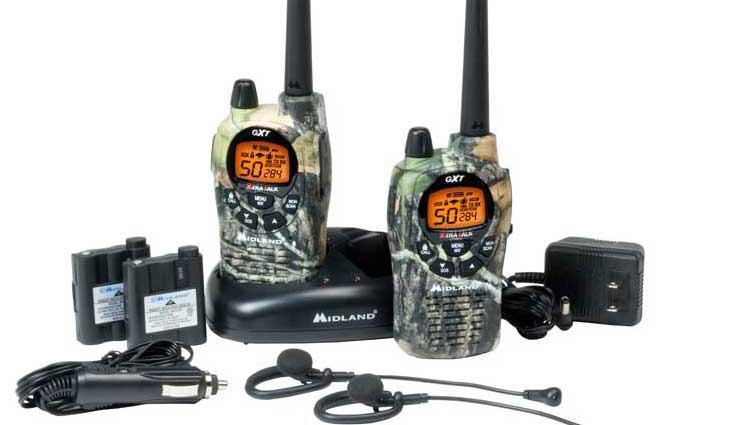Why Bother Stocking Up if You Aren’t Prepared to Defend It
The world of Survival and Prepping Bloggers is pretty diverse. There are those who will say that they are only talking intelligently about preparing without any of the fear as if fear somehow makes prepping less relevant.
There are those who are on the opposite of the spectrum and almost daily warn of impending doom around every corner. In our broad sphere of influence you have Preppers, Survivalists, Homesteaders, Back to the Land types, current and ex-military, Off-Grid, Anti-government, Sustainable living, farmers, militia and all other points in between.
The largest majority in my experience are just regular folks who don’t want to be caught off guard if some emergency happens. Like the Prepper versus Survivalist argument, there are a lot of sides to any one topic.
With each of those sides come opinions and you know what they say about opinions.
When it comes to opinions I have more than my fair share and right or wrong they are what guide me on just about every decision.
My opinion from time to time has gotten me in trouble with some who read this blog and as long as the conversation stays civil, which I think it always has, that is perfectly fine to me. Now, I would like to think I am wise enough to realize when my opinion is wrong and be mature enough to change my mind. This to me makes perfect sense. If you learn something that wasn’t known to you before that completely alters your understanding and yet you refuse to change your beliefs out of stubborn pride then you deserve whatever you get.
Opinions in my opinion aren’t hard and fast rules. Opinions can change over time.
Speaking of opinions, there are some people in the Prepper community that absolutely abhor guns. They may each have their reasons, but usually they are convinced that a gun is not necessary for protection or survival. I had a reader send me in this question:
Does it even make sense to Prep extensively with intentions of NOT including firearm(s)? Why would someone Prep just to have it all taken away by somebody with nothing but a gun? I thought this might enlighten some of those who Prep but are dead set against owning a weapon of any kind.
I think this is a great question and there are really only two main opinions when it comes to guns. You either like them or you don’t. Maybe like isn’t the right word. You either appreciate what they are useful at doing or you don’t.
Digging Deeper
I wanted to try and come up with all the reasons I could think of for why anyone would not want to have guns in a survival situation. I came up with a few reasons, but maybe you have more I didn’t think of.
- Their Religion forbids owning guns
- History of bad experiences
- Philosophically opposed to killing even to protect life
- Scared of guns
- Believe guns are better in the hands of police/military
I am sure there are a myriad of other reasons, but for this article I’ll start with these. For the sake of argument, I will even say that all of these are valid reasons for not wanting to purchase a weapon for defense.
Getting back to the question; does it make sense to prepare if you aren’t checking the box on the firearm box? I think this depends greatly on a lot of factors.
What are you Prepping for?
Prepping is not something you can ever accomplish. To me, Prepping is a way of living in a way that will keep you as safe and self-sufficient as possible no matter what emergency or crisis comes your way. You could also say that Prepping is about becoming self sufficient in a way. You could be prepping for an earthquake or a Tornado, a Hurricane or even a broken down vehicle. Each of these normal events has a relatively short time period, but the devastation from some of these natural phenomenon can last years. If you lose your home to a hurricane you might literally not have a home to call your own for over a year.
For these events, safety from others is not normally your focus in the short term, but I can point to virtually any natural disaster and show examples of looting and robbery. Eventually safety does become an issue whenever there is a crisis even if it was caused by Mother Nature.
Others are prepping for man-made events like war, home invasions, economic collapse or riots where the rule of law is out the window. In an event like this it’s every man/woman for themselves. In this type of event safety is no less an issue, but what makes this worse is that you don’t have relief workers spending their summer vacations passing out water. You don’t have power company trucks from other states rolling in. You could very well be alone with no one but your family and neighbors for safety.
 What do you want to have by your side in the middle of the night?
What do you want to have by your side in the middle of the night?
Where do you live?
Now even if we do have the worst case scenario, global catastrophe, or plague known to man there will be people who aren’t as affected as others. If you are living in downtown New York, regardless of the issue you will have a lot of other people to contend with. If you live out in the plains of eastern Kansas, I imagine there will be a lot fewer people to deal with and worry about. Does that mean you have nothing to worry about though?
To anyone who has read this blog for any length of time, it is probably painfully clear that I have and advocate the responsible use of firearms by legal adults. Firearms serve a purpose for me and that is almost singularly around protection of my family. I have weapons that are solely for hunting but in a pinch they can be used for defense too. I live in what I would call a small town. Not one stop light small, but small enough I think. We do not have the same problems as those in New York, but we certainly don’t have the breathing room that they do in Kansas either.
As I have said on multiple occasions, I believe that a means of defending yourself is one of the key items you need to account for if you are prepping for almost anything. Your very life could depend on the choices you make or the situations you find yourself in and in my opinion, planning to survive without considering the dark side of humanity is a failure to plan for one of the most likely scenarios.
Is purchasing a gun your only option? No, I guess you could have a baseball bat, or a cross-bow or a hockey stick.
You have to ask yourself, how well protected will you feel with your choice? I don’t want to look into the eyes of someone intent on killing me as I grip a golf club.
I want to have the most effective means I can purchase for defending my family and our home. I have settled on firearms because to me that makes the most sense.

If you are planning to survive catastrophe, but don’t expect the darker side of humanity to ever be a threat to you or your family I would urge you to reconsider.
For me having a gun and never needing to use it would be far superior to not having a gun and losing my family to someone who did.
Does simply having a gun guarantee the bad guys won’t come knocking?
Hardly.
Does me having a rifle mean I will be able to defend my home against any and all threats? No, but it does give me a fighting chance at surviving and protecting my family. Isn’t that what you are prepping for after all?
The world of Survival and Prepping Bloggers is pretty diverse. There are those who will say that they are only talking intelligently about preparing without any of the fear as






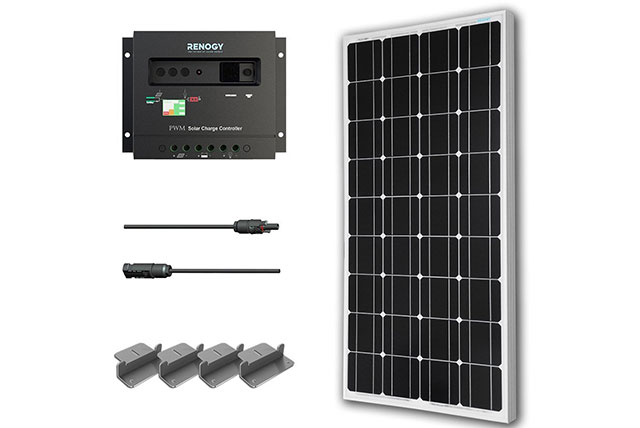

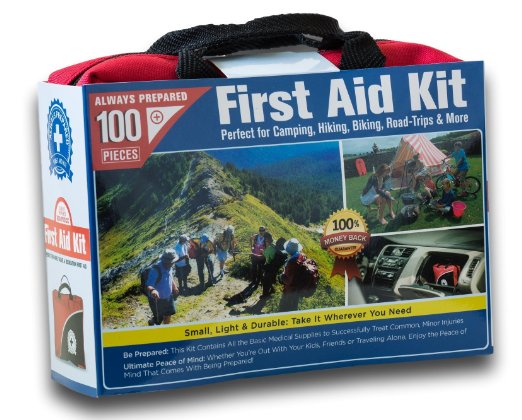








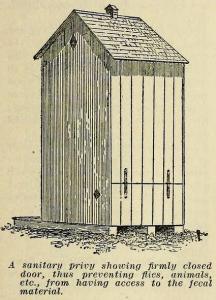
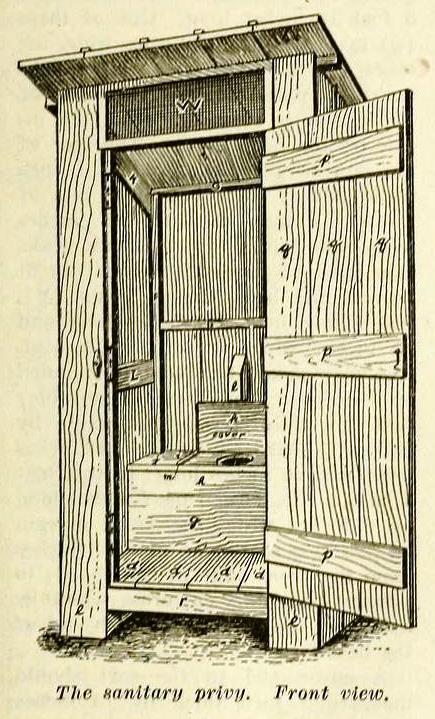
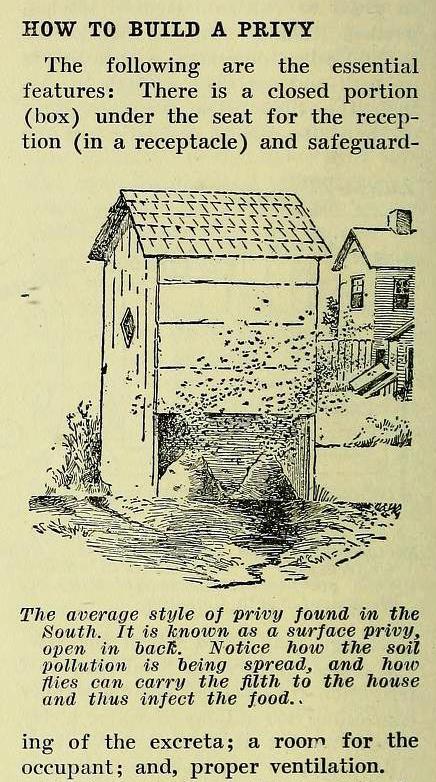

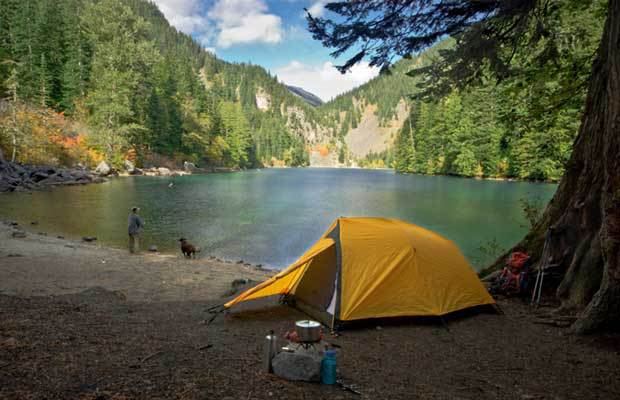

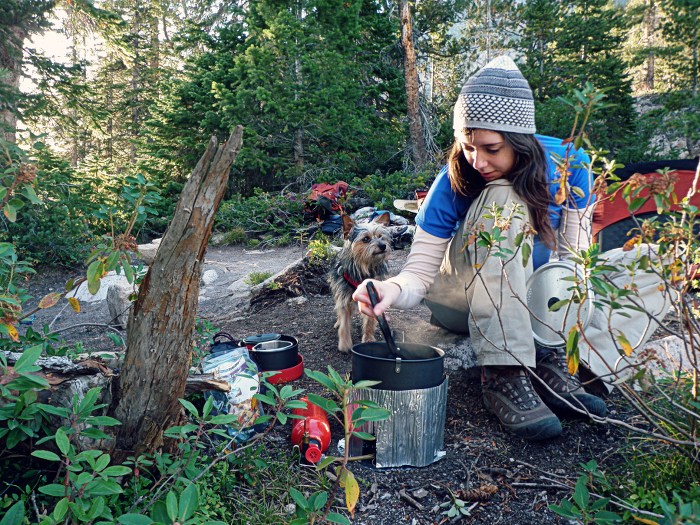
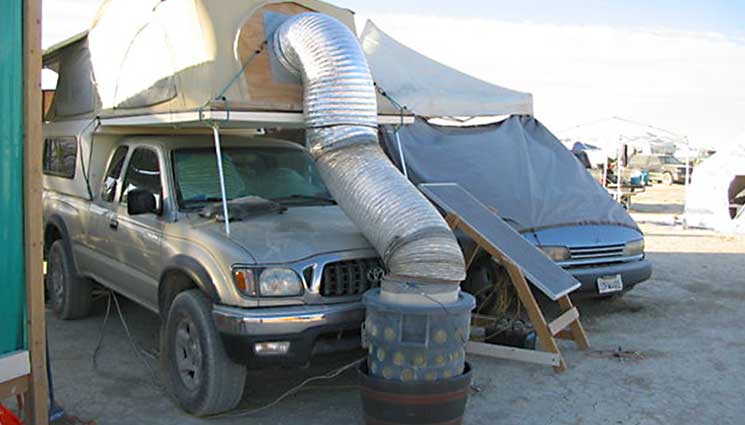
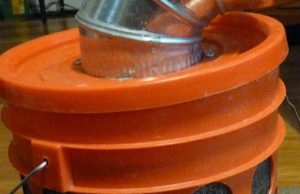
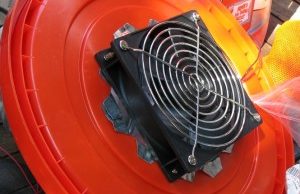
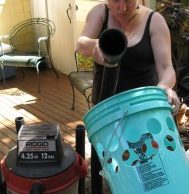
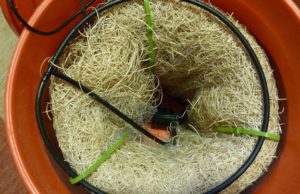
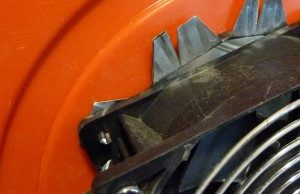
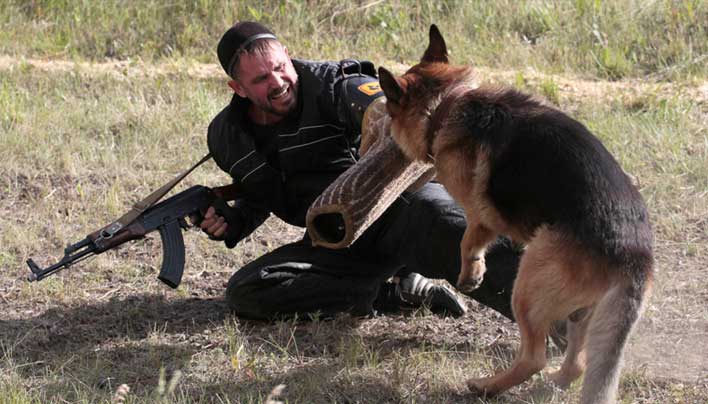
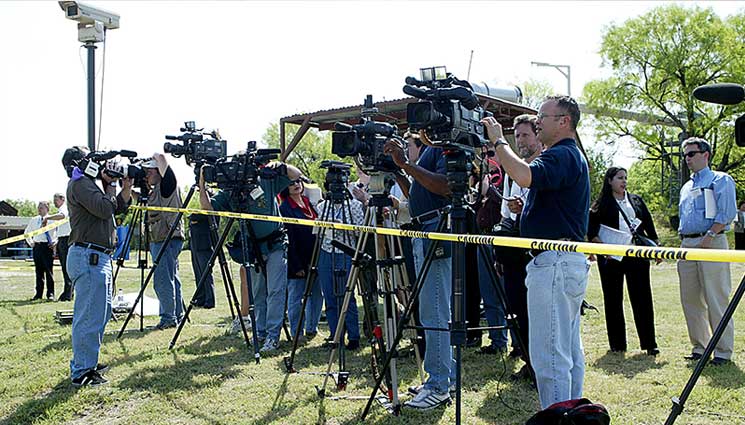
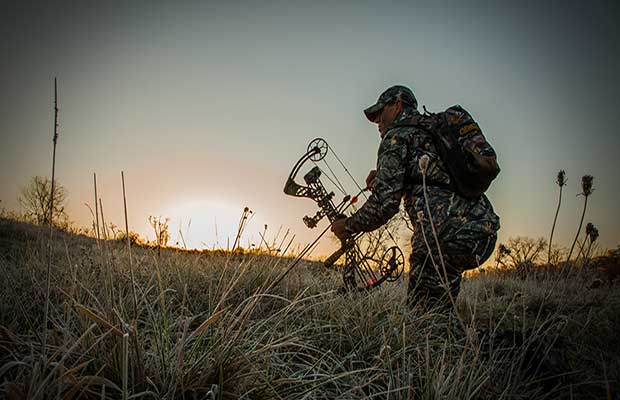

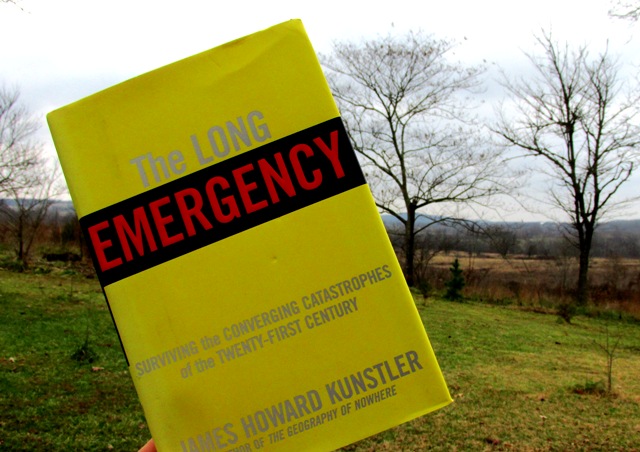
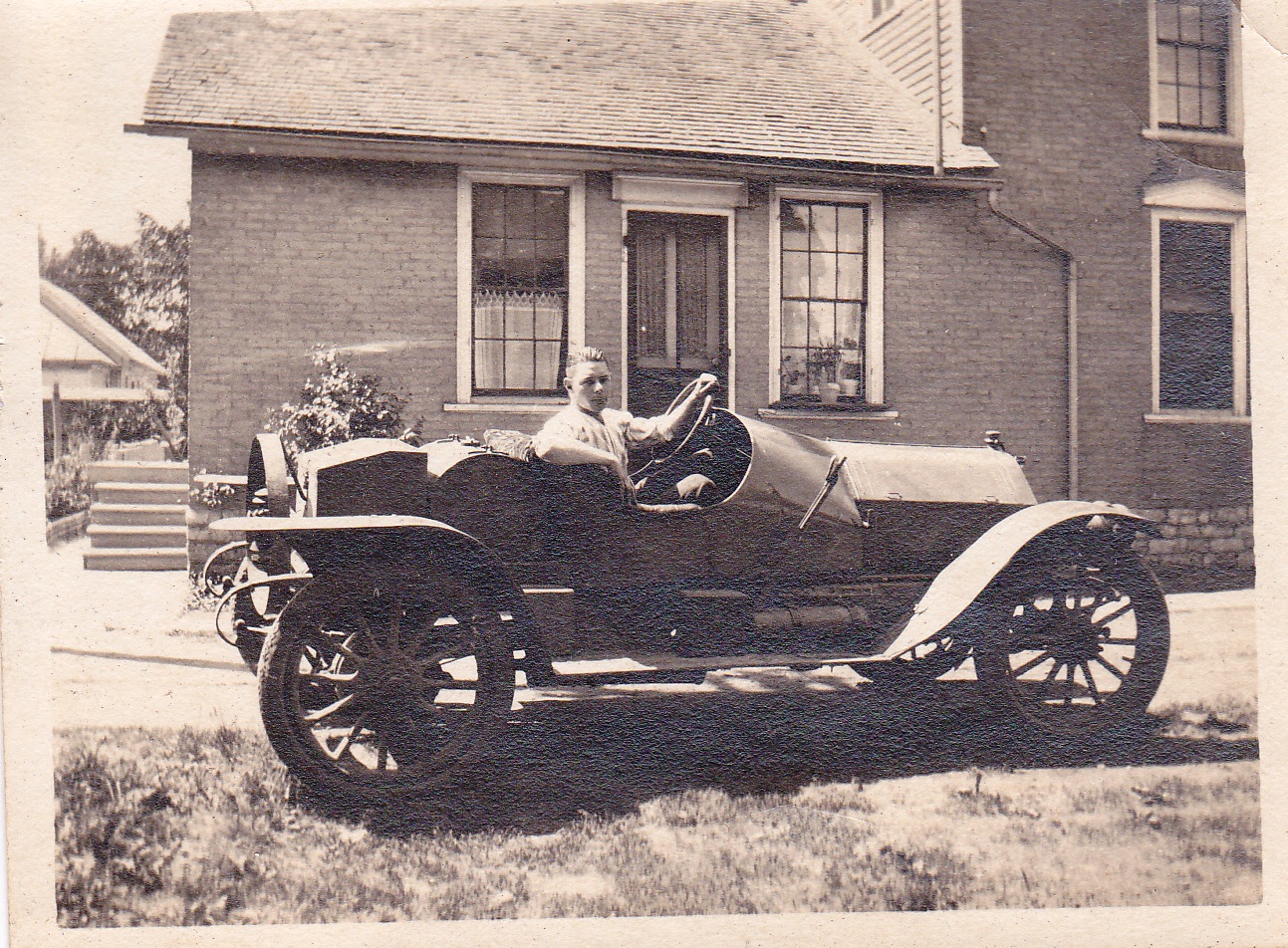
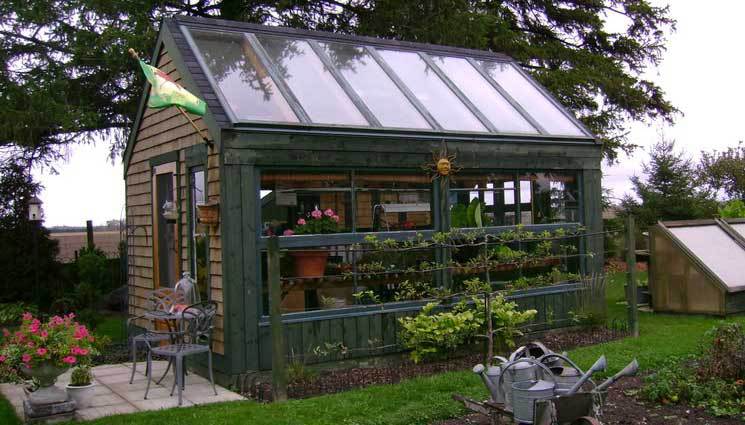
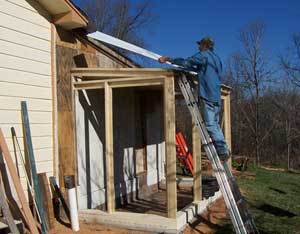 Although he later called it a “toy”, Darren built a foundation for the 8’ by 12’ greenhouse and filled the north wall with black 55-gallon barrels to retain heat. The plastic shivered in the wind. Within two seasons, the windows were cloudy.
Although he later called it a “toy”, Darren built a foundation for the 8’ by 12’ greenhouse and filled the north wall with black 55-gallon barrels to retain heat. The plastic shivered in the wind. Within two seasons, the windows were cloudy.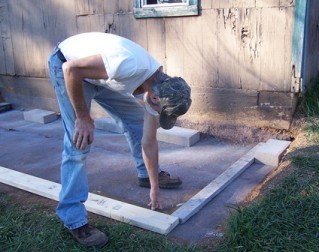 radishes and bok choy. The plants generate enough oxygen to compensate for that consumed by the glowing embers. I’ve heard, too, that a few candles will produce enough heat to keep the tender plants from freezing, although we haven’t needed to try that trick.
radishes and bok choy. The plants generate enough oxygen to compensate for that consumed by the glowing embers. I’ve heard, too, that a few candles will produce enough heat to keep the tender plants from freezing, although we haven’t needed to try that trick.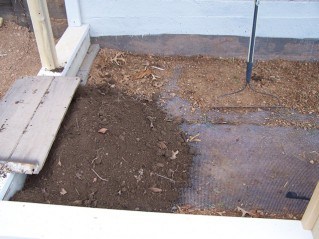 To keep out moles and other dirt-digging rodents, Darren “sewed” together two pieces of quarter-inch hardware cloth by weaving a wire along the edges of two pieces. The wire-cloth base may not be necessary in all parts of the world, but, here it is absolutely the difference between us crunching on spinach or crying over our empty salad bowls. The wire covers the entire floor and extends about 8 inches up the walls. We know it works, as mole tunnels girdle the greenhouse, yet no varmints get inside.
To keep out moles and other dirt-digging rodents, Darren “sewed” together two pieces of quarter-inch hardware cloth by weaving a wire along the edges of two pieces. The wire-cloth base may not be necessary in all parts of the world, but, here it is absolutely the difference between us crunching on spinach or crying over our empty salad bowls. The wire covers the entire floor and extends about 8 inches up the walls. We know it works, as mole tunnels girdle the greenhouse, yet no varmints get inside.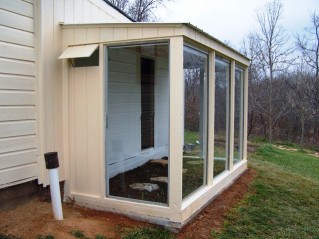 We carted home our used sliding glass patio doors from a junk shop for $10 each and $5 for a window, although I have heard of people just giving them away. Check with glass shops, contractors or online (
We carted home our used sliding glass patio doors from a junk shop for $10 each and $5 for a window, although I have heard of people just giving them away. Check with glass shops, contractors or online ( Our first glass greenhouse here, a lean-to Darren built along his shop in late 2011, supplied us with delicious, organic greens from mid-December until May. By the time it got too hot in the greenhouse to grow food, our raised beds outside started producing. So, the greenhouse became a large and super-efficient compost bin. We kept it damp with rainwater, and in just 2-3 weeks our peelings and whatnot became compost – many weeks ahead of the outdoor compost pile, and without rodents.
Our first glass greenhouse here, a lean-to Darren built along his shop in late 2011, supplied us with delicious, organic greens from mid-December until May. By the time it got too hot in the greenhouse to grow food, our raised beds outside started producing. So, the greenhouse became a large and super-efficient compost bin. We kept it damp with rainwater, and in just 2-3 weeks our peelings and whatnot became compost – many weeks ahead of the outdoor compost pile, and without rodents.